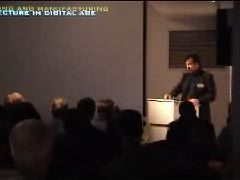 Click
to follow the Intervention; Quick Time Movie 6 Mega
Click
to follow the Intervention; Quick Time Movie 6 Mega
Lecture Notes
and Conference Movies
University of Pennsylvania March 22, 2002
Symposium
Home Designing And Manufacturing Architecture in Digital
Age Chair Branko Kolarevic
1. Intro: what we are thinking
 Click
to follow the Intervention; Quick Time Movie 6 Mega
Click
to follow the Intervention; Quick Time Movie 6 Mega
What we represent
a little closer to what we think
Il mio lavoro nel settore dell'informatica e dell'architettura si articola
su una serie di concetti fondamentali che amo chiamare
"Sostanze"-Substances
Read In English, German, Italian, Greek etc.
2. The Philadelphia Chart
Jencks

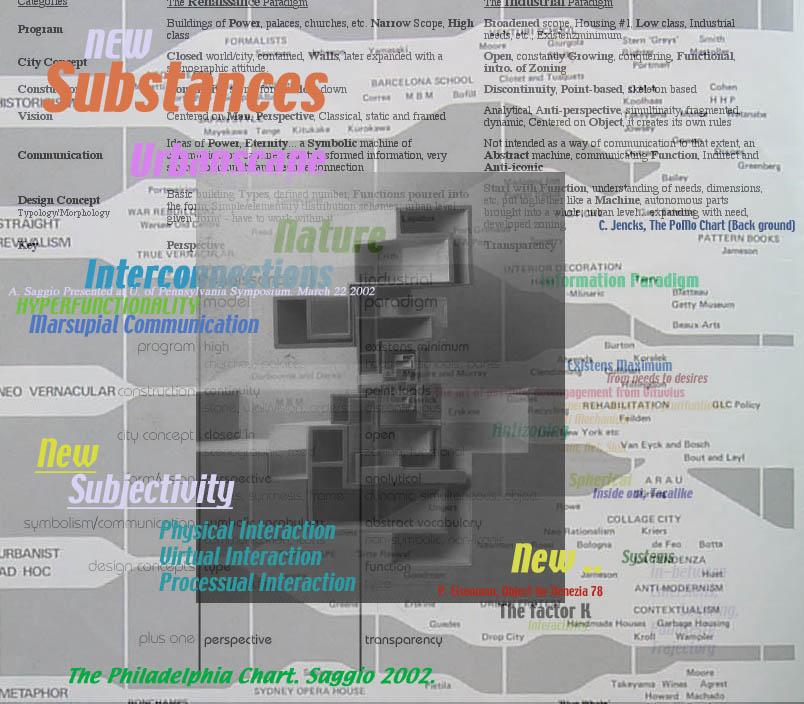
Original Chart in Background by Charles Jencks. Image Eisenman House X1, Other charts coming from class'notes of Saggio Students
Sostanze vuol dire porre l'accento sui concetti e sulle necessità che motivano il nostro agire piuttosto che sulle forme, porre l'accento sui probelmi o meglio sulle crisi che ci sono di fronte e che modificano e che spingono il nostro agire ad una presa di coscienza ad una necessità di azione e di consaìpevolezza.
Dunque sì "Sostanze".
Naturalmente "sostanze" come parole almeno in Italiano ha una lunga storia.Faith The substance of things hoped for. Saint Paul
Parte da quel formidabile organizzatore del cristianesimo che era San Paolo e che parlava della fede come "sostanza di cose sperate" e procede con Edoardo Persico che nel 1935 in una conferenza chiamata "Profezia dell'architettura" parlava dell'architettura come "sostanza di cose sperate", il 15 Marzo 1999 "Sette Parole per Domani" partiva da questo.
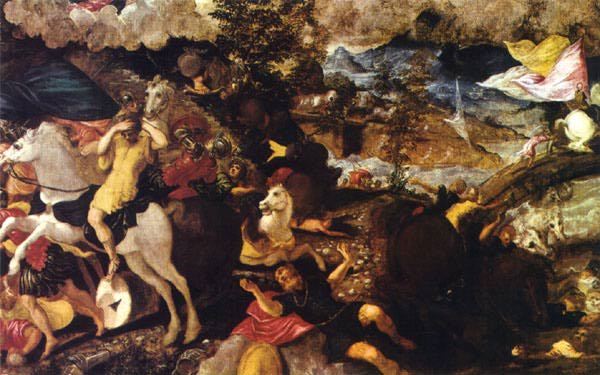
Tinoretto
"But the crisis of his life was at hand.
He had reached the last stage of his journey, and was within sight of Damascus.
As he and his companions rode on, suddenly at mid-day a brilliant light
shone round them, and Saul was laid prostrate in terror on the ground,
a voice sounding in his ears, "Saul, Saul, why persecutest thou me?" The
risen Saviour was there, clothed in the vesture of his glorified humanity.
In answer to the anxious inquiry of the stricken persecutor, "Who art thou,
Lord?" he said, "I am Jesus whom thou persecutest" (Acts 9:5; 22:8; 26:15).
This was the moment of his conversion, the most solemn in all his life.
" Source
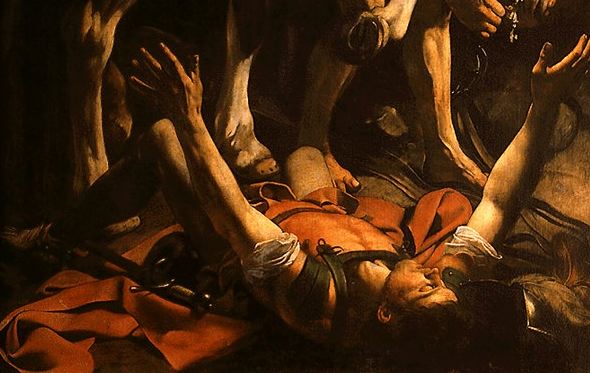
Caravaggio San Paolo.
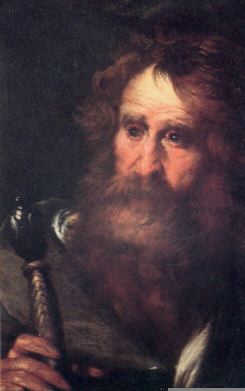
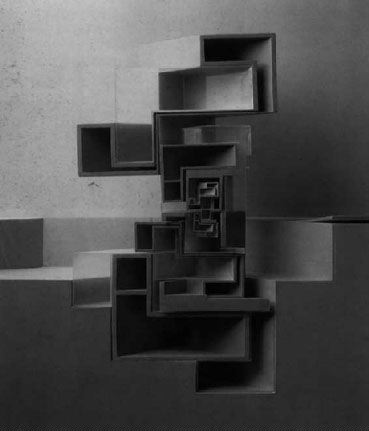
Bernardo Strozzi - Eisenman
Edoardo Persico "Profezia dell'Architettura" 1935
 The
word "substance" comes from Edoardo Persico. In the conclusion of his "Profezia
dell'architettura" he said: "For a century, the history of art in Europe
has not merely been a series of particular actions and reactions but a
movement of collective consciousness. Recognizing this means discovering
the contribution of current architecture. And it does not matter if this
premise is denied by those who should most defend it, or betrayed by those
who, in vain, most fear it. It still stirs up the secret faith of the era
all the same. 'The substance of things hoped for'"
The
word "substance" comes from Edoardo Persico. In the conclusion of his "Profezia
dell'architettura" he said: "For a century, the history of art in Europe
has not merely been a series of particular actions and reactions but a
movement of collective consciousness. Recognizing this means discovering
the contribution of current architecture. And it does not matter if this
premise is denied by those who should most defend it, or betrayed by those
who, in vain, most fear it. It still stirs up the secret faith of the era
all the same. 'The substance of things hoped for'"
3: New Substances: Urbanscape, Innature, Out vs In
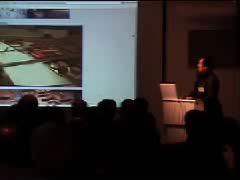 clik
to listen
clik
to listen
in quel ragionamento che qui non rifaro basavo
la necessità di una nuova architettura dell'informazione su tre
problematiche forndamentali
Quello che chiamavo "urbanscape" o meglio un legame organico
tra aree derelitte (che sono allo stesso tempo fortemente collegate al
cambio generale del paradigma informatico da quello industriale)
A. Urbanscape
B. in:NATURE / New Landscapes

Poi la rivalutazione fondamentale del rapporto natura-architettura
anche nelle sue sfere più complesse
e difficili e pensavo alla chiesa di Eisenman)
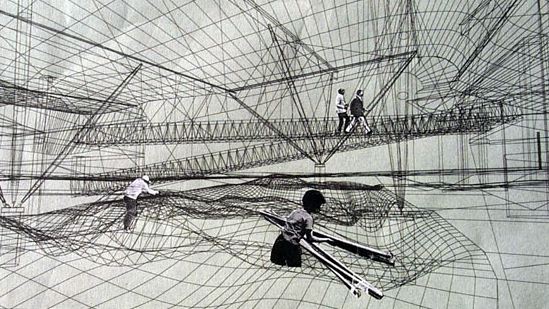
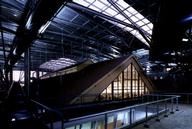
Sara Tosti Saggio's thesis Student / Bernard Tschumi's Torucoing
B'. Marsupial Communication
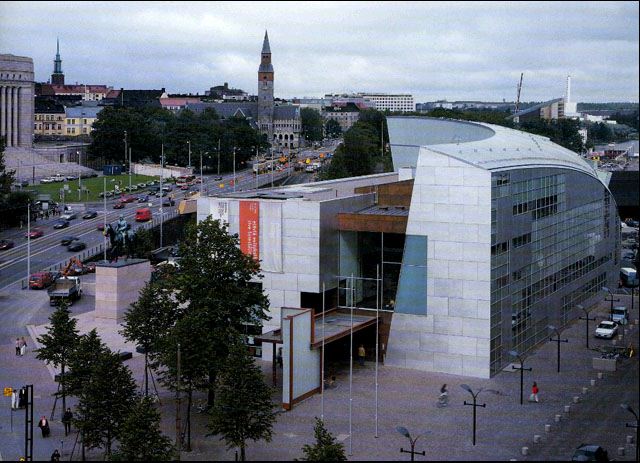
Comunicazione e pensavo a Holl Information Kiasma
the word
B'' HYPERFUNCTIONALITY
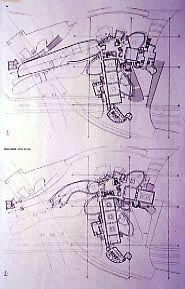 Gehrr's Bilbao
Gehrr's Bilbao
C Out vs IN. Spazio sistema
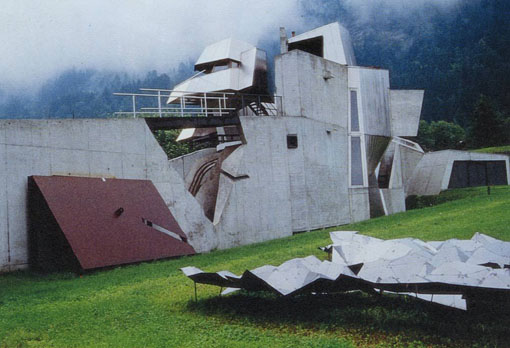
Domenig House
Il saggio Nuove Soggettività sia centrale per capire veramente un passaggio centrale in cui noi siamo oggi
Read In English
New
Subjectivity:
architecture between Communication and Information
Digital | Real Dam Frankfurt
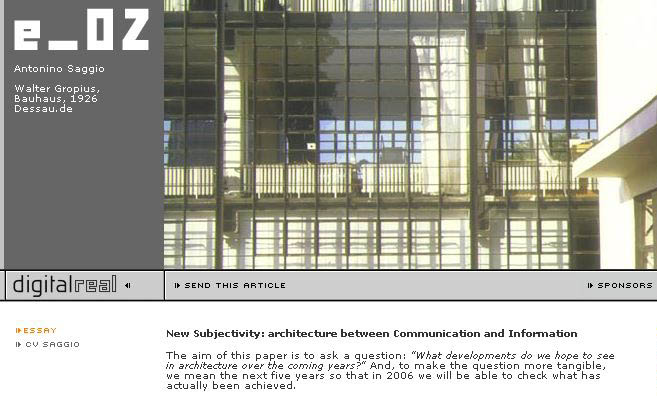
ecco le differenze. All Quotations/ Citazioni da/from AS New Subjectivity:
Al libero dispiegarsi delle funzioni che nell'ottica industriale rappresentava l'idea stessa di una macchina in espansione si tende sempre più a sostituire una logica dell'interstizio. Si tende a lavorare "tra le cose", "in between", anche perché a questo ci spinge la condizione esistente del già costruito. All'idea di strutture costruttive efficienti e a gabbia si sostituisce la formula "l'ingegneria è l'arte del possibile". Si costruisce di tutto e in tutti i modi, basti di nuovo guardare a Bilbao (anche perché in molte opere il costo delle costruzioni è oggi percentualmente più basso rispetto al passato), al movimento centripeto di Gropius nello spazio se ne sostituiscono molti altri basate sulle figure del palinsesto, della spirale, degli affioramenti che danno corpo ad un'idea di spazio come sistema di forze interagenti tra interno ed esterno. Non vi è più una macchina che si espande liberamente nel circostante ma un insieme di interrelazioni tra le cose. Al limite non vi sono più elementi primari (atomi, funzioni o piani bidimensionali), ma solo "connessioni". Infine ad una città concepita essa stessa come se fosse una catena di montaggio (qui si abita, qui si lavora, qui ci si riposa, qui ci si ricrea) ne stiamo sostituendo una sempre più mista, ibrida, plurifunzionale aperta 24 ore su 24 e soprattutto "anti-zoning".
L'informazione diventa l'essenza stessa dell'architettura.
E siccome il centro è l'interconnesione dei dati
allora l'interattività nei suoi tre livelli fondamentali
1. Fisico materiale, even emotional
Ito
2. Virtuale illusionistico
Ranaulo3. Progettuale/Interaction in design process

Gehry Associates
"se del Movimento Moderno la formula era, giustamente, Neue Sachlichkeit (Nuova Oggettività) la formula di oggi non può che essere, appunto, Nuova Soggettività. Non più Existenzminimum ma un'esistenza che si espande e che si arricchisce per rendere gli individui sempre più persone vive e libere e non più numeri di un annuario statistico.the "how" concerning the New Time of Information. Some of these are pretty clear-cut.
Se la trasparenza era l'estetica e l'etica, la ragione e la tecnica, di un mondo che razionalmente voleva affrontare per le grandi masse di lavoratori dell'industria un avanzamento di civiltà degli standard di vita (e vi è riuscito!), auspico che l'interattività costituisca un punto di coagulo dei pensieri di oggi per una architettura che, superata l'oggettività dei bisogni, possa affrontare la soggettività dei desideri."
"The free unfurling of the functions that, from an industrial point of view, represented the idea of an expanding machine now increasingly tends to be replaced by a logic based on the space between. There is a tendency to work "in between", also because we are forced to do so by the presence of existing buildings. The idea of efficient building structures and frameworks is replaced by the formula "engineering is the art of the possibleĒ."InteractivityBuilding takes any shape and is accomplished in any way. Take the example of Bilbao again (also because in many cases building costs represent a much smaller percentage than in the past), Gropiusís centripetal movement in space is replaced by many others based on the figures of the palimpsest, spiral, partial emersions, supporting an idea of space as a system of interacting forces between the interior and exterior. There is no machine that expands freely into its surroundings, but rather a series of interrelations between objects. Taken to an extreme there are no more primary elements (atoms, functions or 2D planes), but only "connections". Lastly, in a city which itself has been designed as if it were an assembly line (this is where we live, work, rest and spend free time), we are replacing it with an increasingly mixed, hybrid, multifunctional city, open 24 hours a day and above all "anti-zoning". "
"About Interactivity
We are working towards a complete replacement of Gropiusís discoveries, not because we do not like them (on the contrary, we continue to love them like we love Piero, Michelangelo or Caravaggio) but because our modern world is totally different.
We are not wondering how to create architecture that makes superficial use of information as communication or narration ? as happened during the Nineties ? but on the contrary, how to ensure that information becomes the very essence of architecture.
Now, if information (its classification, diffusion, transmission and above all its formalisation) is the driving force behind change, and if it is true that the motor that has enabled this new development is the electronic digitalisation of data (in all fields and in all sectors), it is also true that these two levels, albeit having an enormous impact, would be non-existent without a thinking mind, which is the true issue of the information revolution. It is well known that this mind consists of the dynamic interconnection of data. Today we have the capacity to create extremely mobile models governed by one or more functions, which can generate different models just by altering a single input of information. We are immersed in a cloud of information that is constantly changing.A few years ago now we showed out how to translate this into architecture, namely into apparently the most static thing that exists, and the same was also done by a small group of pioneering architects, most of whom are here today. It is called Interactivity and it will play the same role as transparency in Gropiusís new objectivity."
Interactivity in architecture means at least three different things with increasingly levels of complexity, the most complex of which, namely physical Interactivity, contains the first two. But let us proceed in order. Physical interactivity means that the architecture itself changes. We know that intelligent houses already exist whose environment modifies according to the situation. There is the hospitality setting in which some lights are automatically dimmed, selected doors open, sliding partitions or false ceilings are moved, and the temperature and air flow are adjusted accordingly. Perhaps, and this is something that will become increasingly possible following the introduction of microfibres for furnishings, glass and some new marbles, even the physical characteristics of walls may interactively change in texture, porosity, the capacity to absorb sound or colour. Countless other scenarios are also possible. The application of these ideas as part of a more widespread practice, using them not only in affluent homes, as happens at present, but to an increasing extent in public buildings, museums and in certain areas of the city is one of the developments that we would hope to see in architecture over the next five years. And by 2006 I am almost certain that we will also see signs of a maturing "aesthetic" conscience in this field.
But in addition to the effective mutation of architecture, Interactivity also involves two lower levels that are simpler to achieve. The first is that today we can combine reality and the virtual in ways that would have been inconceivable in the past. Advances in the projection systems used almost under the skin of the building allow us to intervene with a sort of new mass media illusionism bringing vitality to degraded situations or circumstances in which it was impossible to intervene. Interventions of this kind have been carried out on archeological sites or in degraded suburbs or in some areas of historic city centres. It represents a decisive step towards the presence of IT within the city landscape and scenery. We predict the development of "an IT baroque": of the new Piazza Navonas, the new Trevi Fountains and the new Trinità dei Monti in 2006. We are working on it.
Lastly, there is a third level that might be even more widespread. This takes the form of interactivity within the process of architectural design itself. Although few make effective use of this facility, it is now possible to move rapidly and easily inside the cloud of interconnected data that I described earlier, making ad hoc decisions regarding the shape we wish to give to the cloud. The process of first conceiving, then constructing and last of all managing architecture allows a massive flow of interactivity. We are gradually drawing closer to the dream-like vision advocated by Chuck Eastman and other scientists working on Caad in the Seventies. Namely, having a single database of 3D information on a building, organised in hierarchical terms (therefore dynamically, as if it represented a mathematical equation), linked to external catalogues, tariffs, 3D models of the components and connected to expert systems for specialist tests. Efficiency is not the only advantage. Interactivity in the design process also means creating an increasingly fluid way of achieving the best possible architecture on each occasion. Certainly, in 2006 we hope for better architecture "tout-court", without adjectives, which will undoubtedly be triggered by this level of interactivity in the design process. "
New Subjectivity
"If transparency provided the aesthetics and ethics, the reason and the technique for a world that rationally wished to see the progress of civilisation, and better standards of living for the vast masses of workers in industry (and it succeeded!), I hope that interactivity may serve to focus contemporary thought on an architecture that, having overcome the objectivity of our needs, can respond to the subjectivity of our wishes. "
Il centro è proprio questo ribaltamento
oggettivo-soggettivo che è il grande passaggio dal prodotto al processo
e questo passaggio è assolutamente centrale per l'architettura
5: Vision New Subjectivity vs New Objectivity
And let's Think only from an Object that presents Itself
to a Vision that
is in same internalize is like our point is moved "In" the things and not
any more Outside the thing
Bauhaus /Object
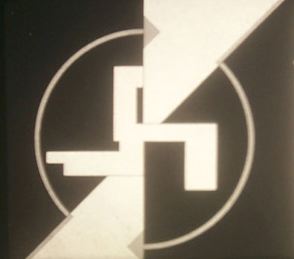
Gehry
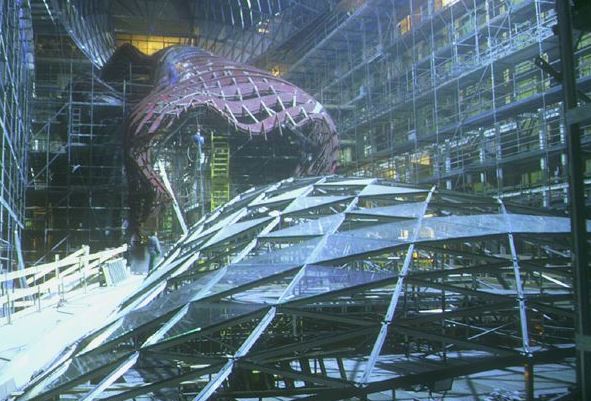
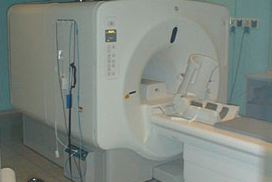
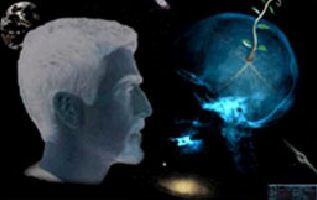 rosati
rosati
e UN Studio Van Berkel/Nos Moebius
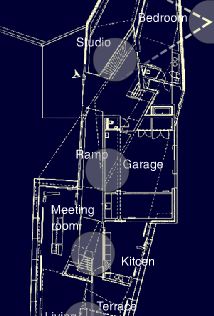

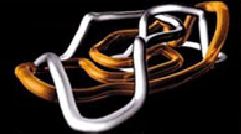
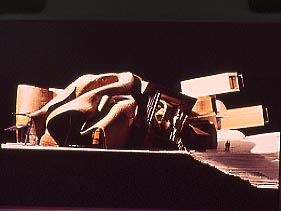 Gehry
Gehry
FOG or TAC (Tomografia Assiale Computerizzata)
Spaces that do not exist and we must formalize new syntax, new rules, new alphabets
Today, the need for creating a new alphabet is pressing. We have to create a space that still does not yet completely exist but one we begin to intuit and that can begin to shape.
Consider the wonderful metaphor of fish DDEK
offers us. Fish know only the fluid that, just like air, surrounds them.
They know nothing either of what the sea or lake or river really is and
know even less about the space in which we humans live. Only a jump beyond
that aquatic surface can open up the sensation of another space that definitely
exists, even if it is neither frequented nor understood.
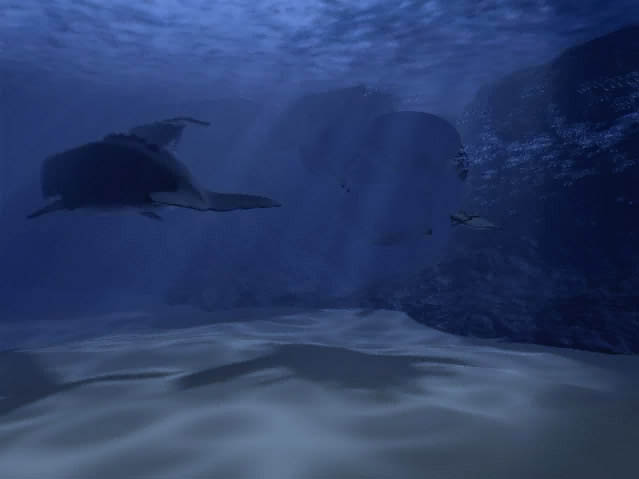
Benoit Sokal "The Amerzone" Casterman ed.
Throughout history we have lived in different spaces and architects, using different alphabets, have given them form: informal space, gestural and primitive, pre-Miletus (or pre-alphabet as DDek calls it); the space arterialized by the Greeks and Romans; the sacred and mystic space before Giotto; that perspective space of the Renaissance; the industrial and mechanical, analytical and non-perspective space after Cézanne. Each new space on arriving has required new principles and new alphabets that have been created through difficult, exhausting, rough but exciting processes. Regarding the new information space, we can only begin to catch a glimpse of a few characteristics.
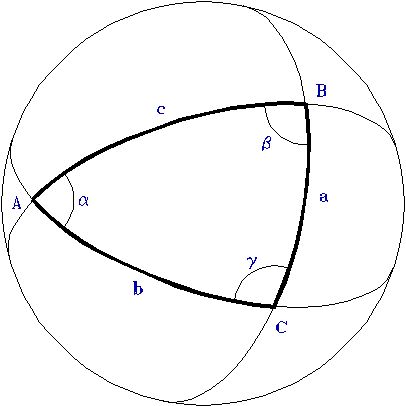
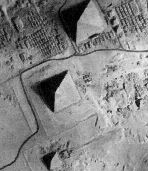
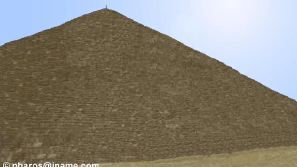
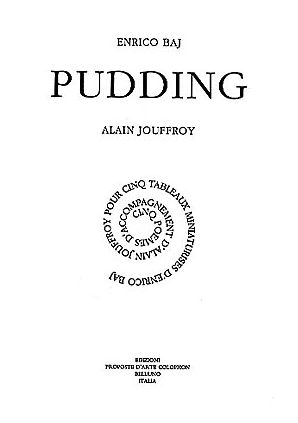

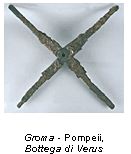
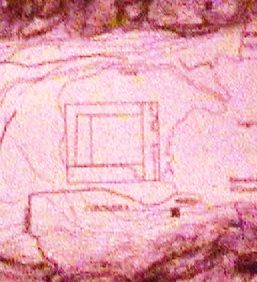
I, II, III, IV ????

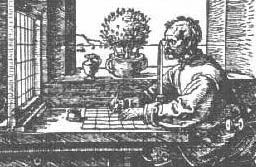
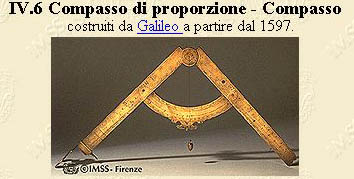
"Like dolphins that take in oxygen to jump from the sea and follow ships and see the outlines of islands and coasts, a few pioneers are working in an attempt to define the possibilities and principles of precisely this new space."
Benoit Sokal "The Amerzone" Casterman ed.
But How, Where?
Ledoux

Jobs Wozniak 1976ca

Francesco Coco
Inside The tool
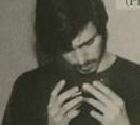
Il secondo è la metafora dei pesci e cioè l'intuizione che da uno spazio ne può esistere un'altro
The Space of the Tool is inside the tool "itSelf";
"We are accustomed to representing architecture already built. To designing (or measuring) the pyramids or a Renaissance palace to put back on paper something we know as a real object already existing in space. But have we ever asked ourselves the reverse? In other words, how and how much a real object might 'resemble' the method that its contemporaries had of representing it? Perhaps this question would reveal the fact that it is knowledge itself that is 'represented' in the architectural object. The basic rules of trigonometry are illustrated in the pyramids; a calculation based on geometry (and not the tiring Roman numerals I, II, III, IV) is at the basis of the Pantheon; the loss of geometrical-arithmetical ability is evident in the cavernous and unsteady interior of a Romanesque church; without the lines and rules of perspective there would be no 'ordered' Renaissance palace, and without the circles of a compass, the curves of San Carlino or Sant'Ivo would never have taken shape. Finally, if we 'also' consider the tool, we get a clue to understanding how certain senses of space were born.Now let us try to question our ideas of architecture 'together' with the tool we have with us. And let us ask ourselves, 'What if our architecture were to resemble even more the potential of our computerized models?' We would like the flexibility, intelligence, speed and, as we have said many times before, interactivity of our digital model to be the special quality of constructed architecture. A property not just of our computer screens but of our architecture, constructed exactly just as the measured, ordered and centered concept of perspective led to an architecture 'in its own likeness and image'. "
from
AS Preface to Bruce Lindsey's Digital Gehry, It Rev, Birkhauser
2001
8:New Ds
"Art is about people not to commit suicide"
Jaron Lanier
http://people.advanced.org/~jaron/
![]()
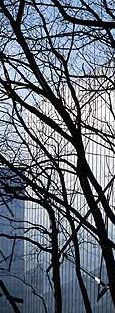 the strenght of the other. Crisis is tha capability to accept the other
as our own value
the strenght of the other. Crisis is tha capability to accept the other
as our own value
E' l'intensificazione dei valori base che l'elettronica può mettere in gioco, non lucidare le ciliege sulla torta del successo
E questo è il dream, la forza assoluta delle immagini e dei desideri nel mondo moderno: parlare per immagini per realizzare
 ?
?